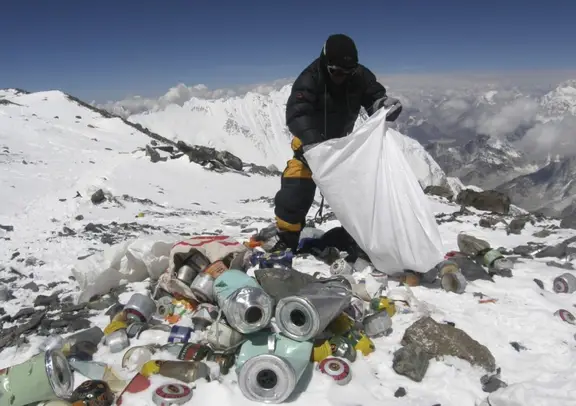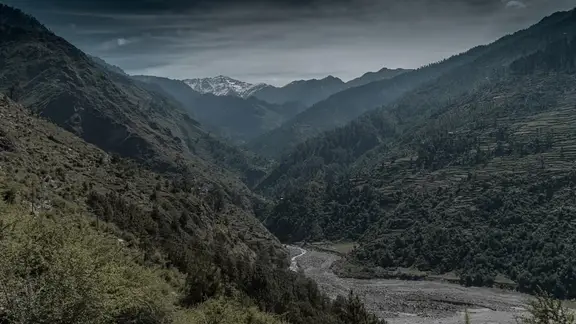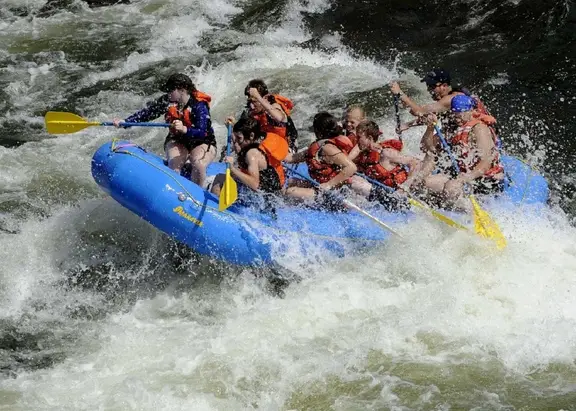How To Manage Waste During Trekking
Trekking through the Himalayan trails; enjoying the pristine mountains and streams is a surreal experience. The Himalayan tourism industry has been witnessing a growing interest in the past few years. With the increase in the number of trekkers, waste left on and near the trails and campsites has become its most adverse feature. Being home to indigenous flora and fauna, and the source to South Asia’s major rivers; it’s high time to take care of the Himalayas.
The mountains and streams are now suffering from discarded cans, packets, and other wastes at an alarming rate. Solid waste is a form of pollution across the globe and its disposal has become a problem in the mountains. Waste segregation is not practiced. Plastic, polythene, papers, burners, and glass are dumped with wet waste. This creates unaesthetic and unhygienic conditions that affect us more than we expect. Plastics clog rivers and choke birds. Garbage dumped in waterbodies obstructs their flow. The waste infrastructure in the Himalayas has not met the requirements. Thus waste littered along the trekking routes leads to many challenges like atmospheric pollution, loss of biodiversity, etc. If the matter of waste management is not seriously looked into, the effects can be disastrous.
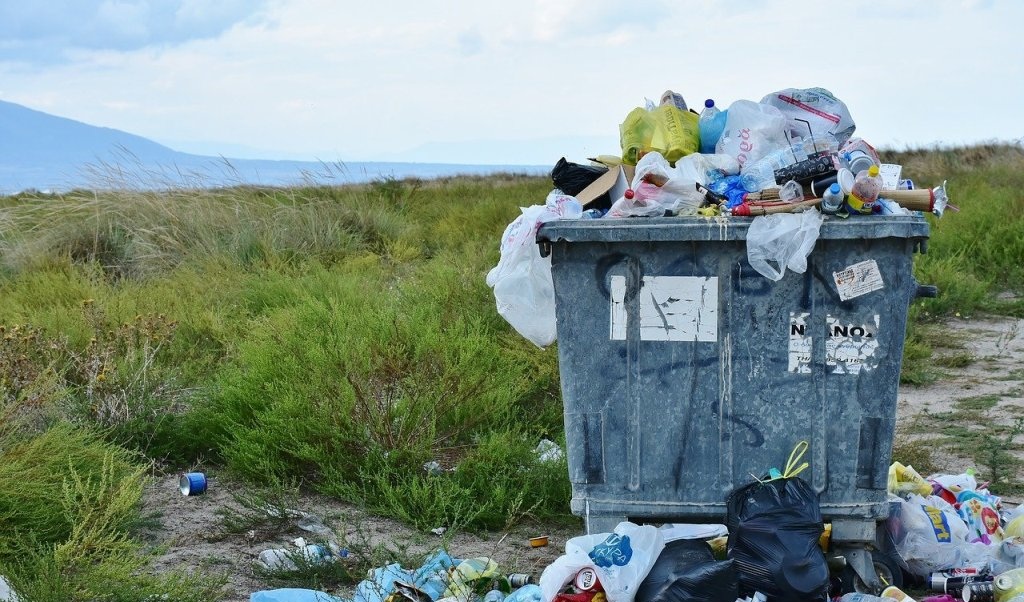
Responsible tourism is the need of the hour. Learning how to manage waste while trekking is very important. The following are a few tips that would help you become a responsible trekker:
1.Start at Home
Education is the most effective way to waste management. All learning starts at home. Practicing green habits and learning to reduce waste at home would make it easier for you to follow the same while trekking. When one starts to manage waste responsibly at home, eventually this habit will be adapted by society and become a routine in the public mind. Parents can inculcate green habits in their children. Planning ahead is also necessary when you go for a trek. Make sure what you carry with you from home won’t produce waste that is avoidable.
2. Don’t carry food in plastic
Our body needs energy while we are on a trek. Having food at the right amount at the right time is a necessity for every trekker. Chocolates, energy bars, and nuts are some of the commonest food trekkers carry. These food items mostly come in plastic packaging. Remove these and pack them in tiffin boxes. Avoid carrying food in disposables and plastic packages. Cans, bottles, and food packaging made of plastic, if left on the ground cause pollution. It is advisable to store food in sealable containers and liquids in a flask or thermos.
3.Switch to Reusable
Reducing the amount of waste generated is an effective way to become a responsible trekker. Plastic water bottles, straws, spoons, and bags are the commonest forms of waste found on trails. In order to avoid these, use reusable water bottles, cutlery, and bags. Use paper and cloth bags instead of plastic bags to carry anything you want to bring back home.
4.Leave no trace
Producing waste is a normal thing. But do not litter. In India waste was thrown outside and left to decompose under the sun. But, with the increased use of plastic and other non- biodegradables, this practice is no longer effective. Biodegradable waste should not be discarded in the mountains. Due to low temperature, decomposable waste too is unable to get completely decomposed in the Himalayas. Food waste takes a long time to break down. They will also attract wildlife and make animals sick.
5.Clean up waste
Now, you know how to reduce and manage waste. The best thing you can do to manage waste responsibly in the Himalayas is to clean up the waste you see. Do not think why I should clean what someone else has littered. A responsible trekker would always clean up waste.
6.Educate The Local
The habit of responsible waste management must be inculcated in locals. Educate them if necessary. A responsible trekker would help locals understand the importance of keeping the mountains clean. It is very important that the locals manage waste responsibly because they can contribute more to keeping the Himalayas clean. The chances of trekkers littering around the trails are less when the place is already free from waste. When the locals are more careful, chances for proper disposal of the plastic waste generated from food packaging and other essential commodities sold are high. Locals must be taught why it is important to go green. Sustainable waste management options should be understood and practised. Reusing, recycling, and bio composting of waste is much needed.
Following these tips will make you a responsible trekker and save the mountains from waste.
How to Manage Sanitary Waste While Trekking?
Trekking during your period is fine if you have a comfortable period. You don’t have to cancel your trek for your period if you don’t have unbearable cramps. But, you might be wondering about the disposal of pads or tampons.
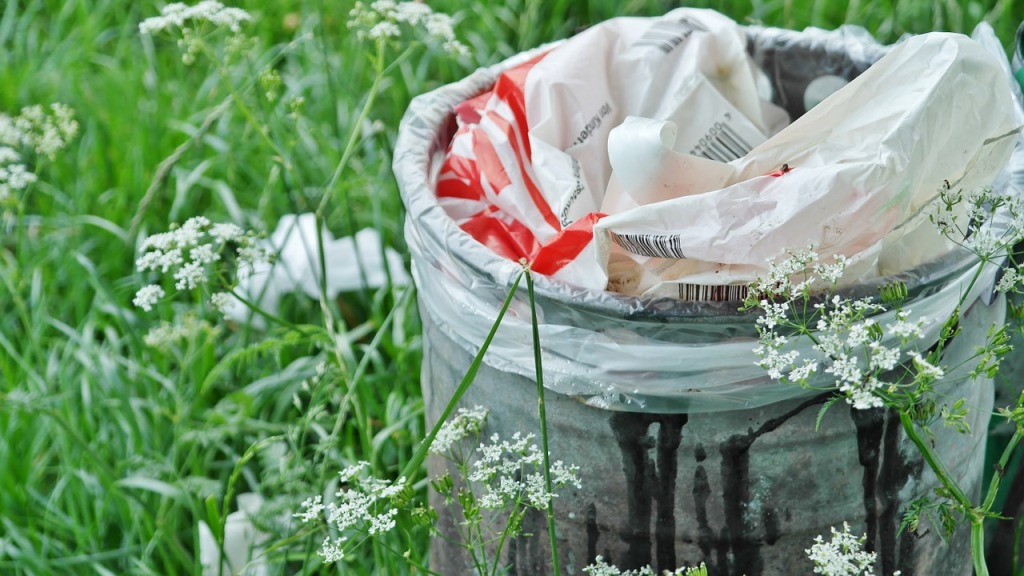
Single-use sanitary products like pads or tampons are harmful to the mountains. They should be brought back for disposal. It takes years to decompose sanitary waste in cities. This process is even slower in mountains and causes an unhygienic environment. Sanitary waste should therefore be disposed of properly. Carry newspapers, zip lock bags, and a pouch with you if you are on period.
Using menstrual cups are recommended if you are comfortable with it. They are eco-friendly and convenient during a trek. Tampons are preferred over pads. They take up less space when you pack and are safe during river crossings and rains. But if you aren’t comfortable with menstrual cups and tampons, then go with sanitary pads. Remember the following things when you are on a trek during your period.
Wrap your pads or tampon inside a paper. Put them in zip lock bags to trap smell and dump it in the trash can. They can also be brought down to the base camp and be dumped. So make sure you carry enough, pads or tampons, papers, zip lock bags and other necessary items you would require.
What do We do At Moxtain?
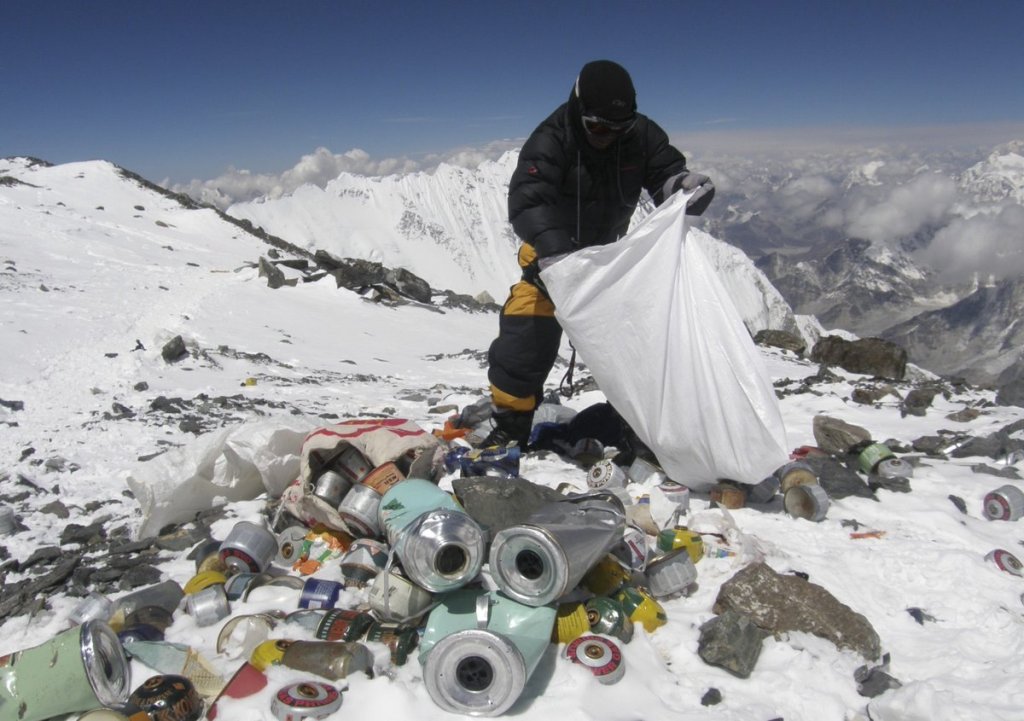
We at Moxtain give importance to keeping the mountains clean. Trash cans are provided in campsites. We also place small bins inside every tent. Thus we make sure our trekkers have a place for dumping the waste produced while trekking. These wastes are segregated and are properly disposed of. Waste is segregated into biodegradable and non-biodegradable. We dump wet waste in a pit made far away from the campsite. This gets converted into fertilizers and is used for vegetation. Non-biodegradable wastes are packed and are carried down to the base camp. They are then properly disposed of.
The pristine Himalayas are now littered with waste. It’s time that we reuse, recycle, and reduce plastics in the mountain regions. Both the mountain folks and tourists should join their hands for this. Protecting the fragile ecology of the Himalayas is very important. And the best thing you can do is to not leave any waste in the mountains. When every individual trekker starts doing their bit for responsible waste management, the whole process becomes much easy. Let us all make sure, that I do not throw waste thoughtlessly, that I would clean up if I see waste dumped irresponsibly and that I will be a responsible trekker.



